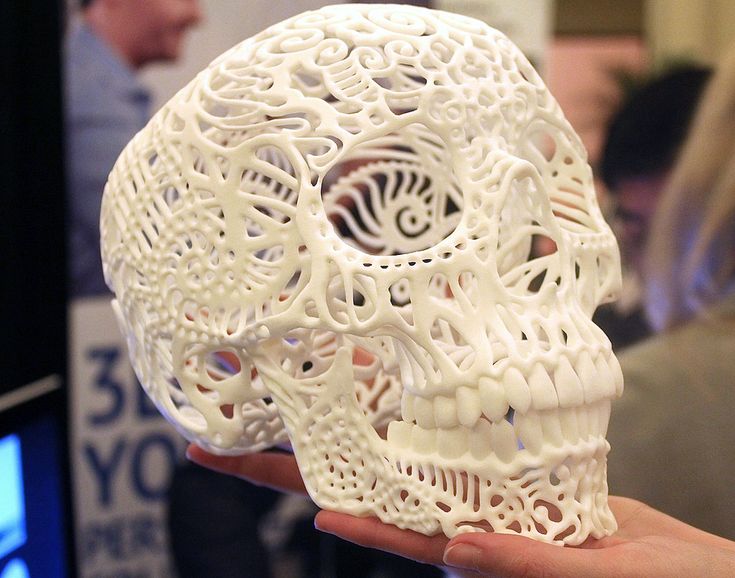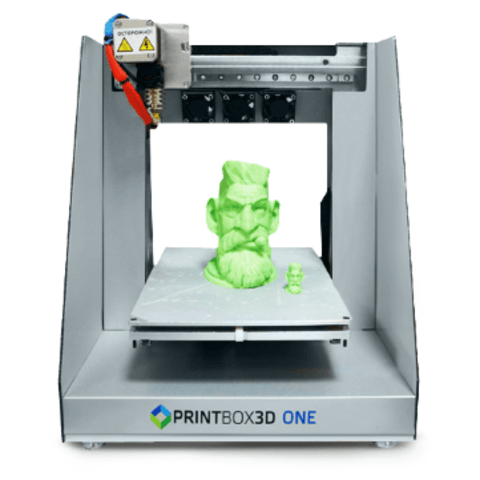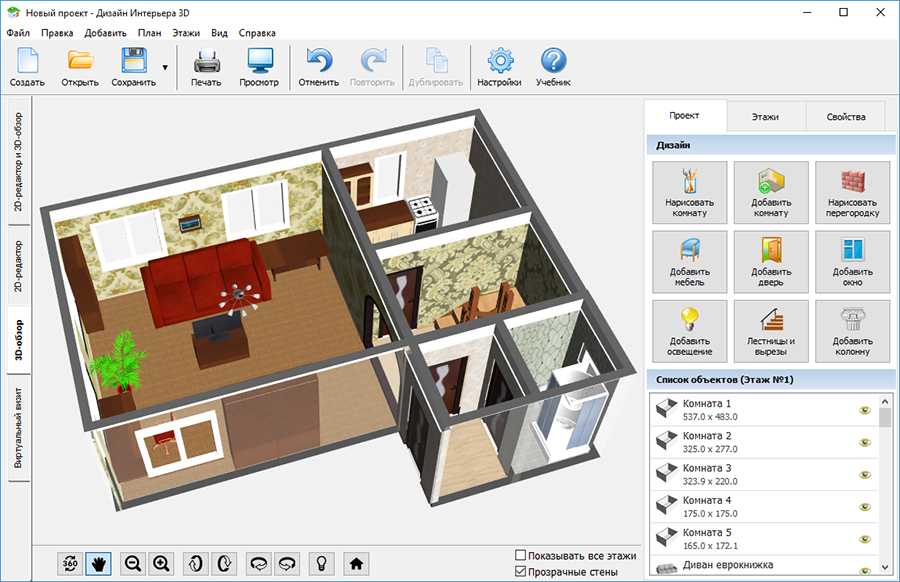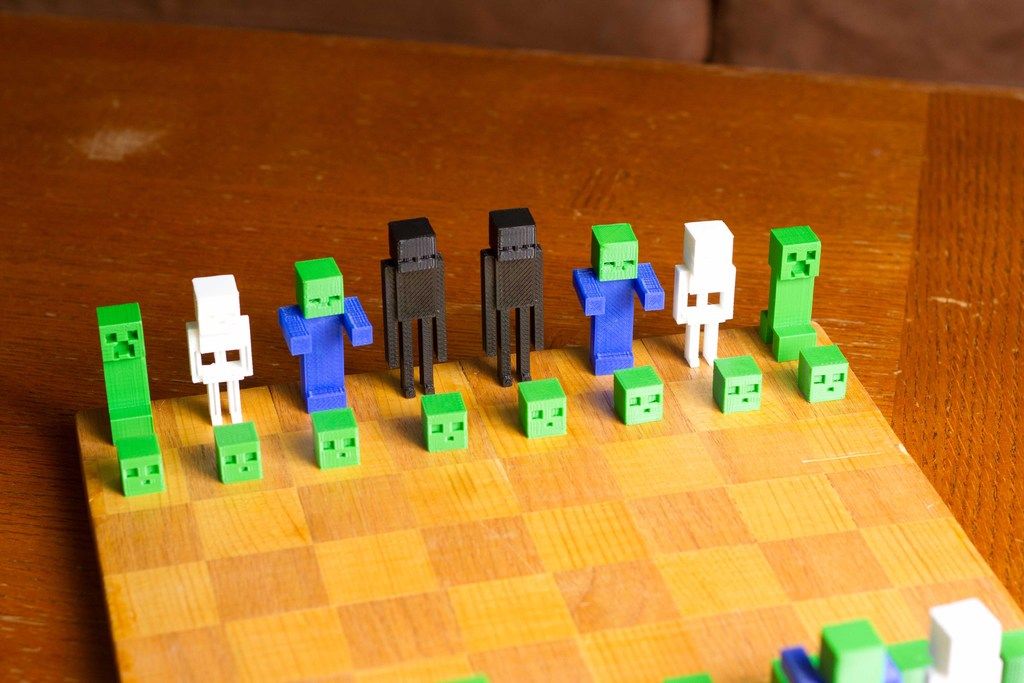3D printing bridge netherlands
Long-awaited 3D-printed stainless steel bridge opens in Amsterdam
James Parkes | Leave a comment
A 12-metre 3D-printed pedestrian bridge designed by Joris Laarman and built by Dutch robotics company MX3D has opened in Amsterdam six years after the project was launched.
The bridge, which was fabricated from stainless steel rods by six-axis robotic arms equipped with welding gear, spans the Oudezijds Achterburgwal in Amsterdam's Red Light District.
Top: MX3D Bridge is located in the Red Light District. Above: it was 3D-printed from stainless steelNamed MX3D Bridge, it was designed by Dutch studio Joris Laarman Lab in collaboration with MX3D, a technology company co-founded by Laarman, and engineering firm Arup.
The structure used 4,500 kilograms of stainless steel, which was 3D-printed by robots in a factory over a period of six months before been craned into position over the canal this year.
Its curving S-shaped form and balustrades with lattice-style perforations were designed using parametric modelling software.
The bridge was constructed using robotic printers. Photo is by Adriaan de GrootThe team behind the bridge claimed the technique showed how 3D-printing technology can lead to more efficient structures that use less material.
"This robotic technology finally allows larger optimized designs to be 3D-printed in metal," said MX3D co-founder Gijs van der Velden.
"This causes significant weight reduction and reduced impact for parts manufactured in the tooling, oil and gas and construction industries."
It has perforated balustrades. Photo is by Jande GroenThe technique can lead to more sustainable structures, the team claimed. "The industry is facing a huge challenge in becoming carbon-neutral in 2050," said Arup structural engineer Stijn Joosten.
"By stepping up our game and the will to make a change as designers and engineers, we can bring the necessary innovation to make a difference in tomorrow's built environment. "
"
Joris Laarman's canal bridge in Amsterdam could take 3D printing "to a higher level"
However, architect Philip Oldfield calculated that the stainless steel used in the structure has 27.7 tonnes of embodied carbon.
"Stainless steel has an embodied carbon of 6.15kgCO2/kg," tweeted Oldfield, who is head of the art, design and architecture school at the University of New South Wales in Australia. "This bridge then has an #embodiedcarbon of at least 27.7 tonnes of CO2 to span a few metres."
The bridge was fitted with sensors. Photo is by Thijs WolzakThe Alan Turing Institute and Arup fitted the structure with a network of sensors that allows the bridge to collect data and build a digital twin to keep track of its performance and health.
The digital twin will monitor corrosion, load changes, environmental conditions and pedestrian use in efforts to further data-centric design.
It was made from 4,500 kilograms of stainless steel. Photo is by Thijs WolzakLaarman had the idea for the bridge after combining robotic arms with welding machines to create a machine capable of printing furniture. "By adding small amounts of molten metal at a time, we are able to print lines in mid-air," explained Laarman at the time.
"By adding small amounts of molten metal at a time, we are able to print lines in mid-air," explained Laarman at the time.
The welding machine later formed the basis of MX3D, which Laarman co-founded to explore the potential for printing larger-scale objects.
The bridge has undergone multiple iterations since the project was launched in 2015, with the opening originally slated for 2017.
The original plan was to print the structure across the canal in situ, with robots working from both banks welding the bridge beneath them until they met in the middle.
The final iteration saw the bridge built in two parts at an off-site facility. Its main span was completed in April 2018 with the deck printed in October that year.
The structure was strengthened to be more in line with council regulations and to protect the structure against any potential boat collisions.
First tenants move into 3D-printed home in Eindhoven
Although this is believed to be the first 3D-printed stainless steel bridge, bridges have previously been 3D printed from other materials. In 2017, construction company BAM Infra built what they claimed was the world's first 3D-printed concrete bridge.
In 2017, construction company BAM Infra built what they claimed was the world's first 3D-printed concrete bridge.
Photography is by Thea van den Heuvel unless stated otherwise.
Subscribe to our newsletters
Your email addressDezeen Debate
Our most popular newsletter, formerly known as Dezeen Weekly. Sent every Thursday and featuring a selection of the best reader comments and most talked-about stories. Plus occasional updates on Dezeen’s services and breaking news.
New! Dezeen AgendaSent every Tuesday and containing a selection of the most important news highlights. Plus occasional updates on Dezeen’s services and breaking news.
Dezeen DailyA daily newsletter containing the latest stories from Dezeen.
Dezeen JobsDaily updates on the latest design and architecture vacancies advertised on Dezeen Jobs. Plus occasional news.
Dezeen AwardsNews about our Dezeen Awards programme, including entry deadlines and announcements.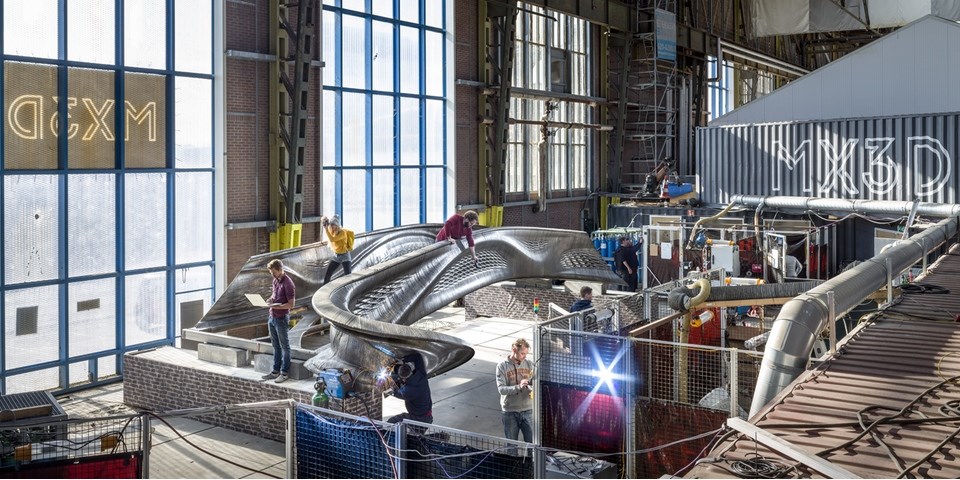 Plus occasional updates.
Plus occasional updates.
News from Dezeen Events Guide, a listings guide covering the leading design-related events taking place around the world. Plus occasional updates.
We will only use your email address to send you the newsletters you have requested. We will never give your details to anyone else without your consent. You can unsubscribe at any time by clicking on the unsubscribe link at the bottom of every email, or by emailing us at [email protected].
For more details, please see our privacy notice.
Thank you!
You will shortly receive a welcome email so please check your inbox.
You can unsubscribe at any time by clicking the link at the bottom of every newsletter.
First 3D Printed Footbridge In Amsterdam Revealed To The Public : NPR
The almost 40-foot 3D-printed pedestrian bridge designed by Joris Laarman and built by Dutch robotics company MX3D has been opened in Amsterdam six years after the project was launched.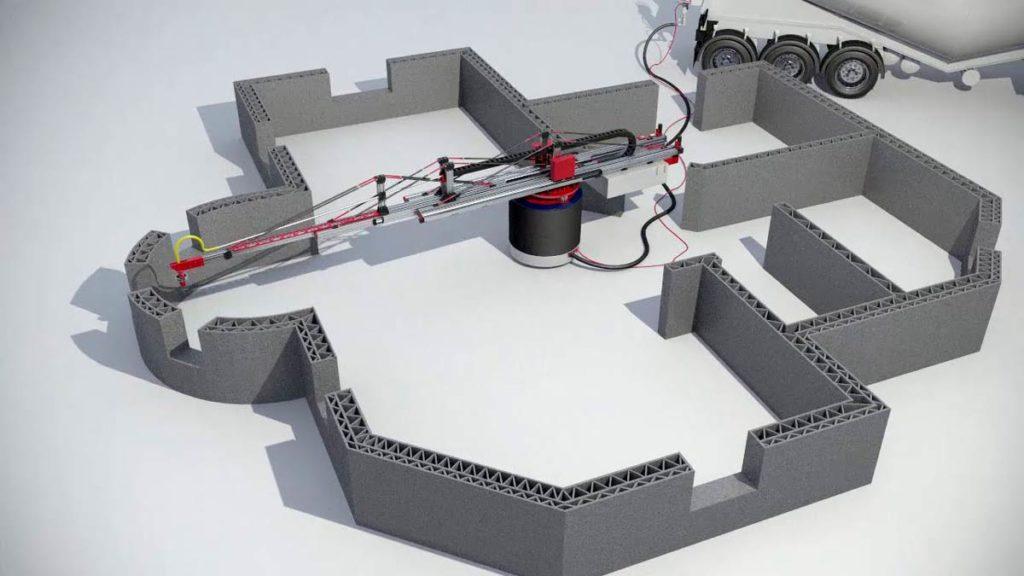 The bridge, which was fabricated from stainless steel rods by six-axis robotic arms equipped with welding gear, spans the Oudezijds Achterburgwal in Amsterdam's Red Light District. Ana Fernandez/SOPA Images/LightRocket via Getty hide caption
The bridge, which was fabricated from stainless steel rods by six-axis robotic arms equipped with welding gear, spans the Oudezijds Achterburgwal in Amsterdam's Red Light District. Ana Fernandez/SOPA Images/LightRocket via Getty hide caption
toggle caption
Ana Fernandez/SOPA Images/LightRocket via Getty
The almost 40-foot 3D-printed pedestrian bridge designed by Joris Laarman and built by Dutch robotics company MX3D has been opened in Amsterdam six years after the project was launched. The bridge, which was fabricated from stainless steel rods by six-axis robotic arms equipped with welding gear, spans the Oudezijds Achterburgwal in Amsterdam's Red Light District.
Ana Fernandez/SOPA Images/LightRocket via Getty
Following four years of planning and research, the world's first 3D printed footbridge recently opened to the public in Europe.
The almost 40-foot bridge, unveiled last month, was built by Dutch company MX3D and will serve as a "living laboratory" in Amsterdam's city center.
Researchers and engineers at Imperial College London were able to 3D-print the bridge — which now serves pedestrians and cyclists crossing Amsterdam's Oudezijds Achterburgwal canal.
"A 3D-printed metal structure large and strong enough to handle pedestrian traffic has never been constructed before," said Imperial College London professor Leroy Gardner in a news release.
A 12-meter 3D-printed pedestrian bridge designed by Joris Laarman and built by Dutch robotics company MX3D has been opened in Amsterdam six years after the project was launched. Ana Fernandez/SOPA Images/LightRocket via Gett hide caption
toggle caption
Ana Fernandez/SOPA Images/LightRocket via Gett
A 12-meter 3D-printed pedestrian bridge designed by Joris Laarman and built by Dutch robotics company MX3D has been opened in Amsterdam six years after the project was launched.
Ana Fernandez/SOPA Images/LightRocket via Gett
Designers first created the concept for the bridge in 2015, with the goal of making an "exceptionally efficient structure," emphasizing both simplicity and safety, according to Popular Mechanics.
"We have tested and simulated the structure and its components throughout the printing process and upon its completion, and it's fantastic to see it finally open to the public," Gardner said.
Now that the bridge is unveiled, researchers at Imperial College London will begin collecting data in real-time to monitor how it behaves with foot and cyclist traffic.
"Research into this new technology for the construction industry has huge potential for the future," said Imperial College London co-contributor Dr. Craig Buchanan. "It has been fascinating and we are delighted that the structure is now ready to be used."
What the first 3D printed steel bridge looks like
Trends
TV channel
Pro
Investments
Events
RBC+
New economy
Trends
Real estate
Sport
Style
National projects
City
Crypto
Debating club
Research
Credit ratings
Franchises
Newspaper
Special projects St.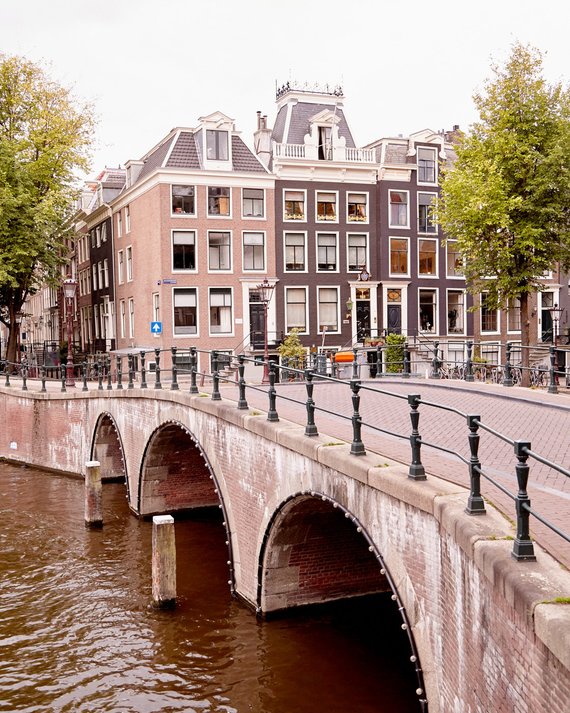 Petersburg
Petersburg
Conferences St. Petersburg
Special projects
Checking counterparties
RBC Library
Podcasts
ESG index
Politics
Economy
Business
Technology and media
Finance
RBC CompanyRBC Life
RBC Trends
Photo: Mashable / YouTube
The world's first 3D printed steel bridge has been installed in Amsterdam. The project was ready three years ago, but the installation of the bridge was constantly delayed
What's happening
- On July 15, the world's first 3D printed steel bridge was opened in Amsterdam.
 It connects the embankments of the Oudesijds Achterburgwal canal. The grand opening was attended by Queen Maxima of the Netherlands.
It connects the embankments of the Oudesijds Achterburgwal canal. The grand opening was attended by Queen Maxima of the Netherlands. - The structure weighs 6 tons and is 12 meters long.
- The bridge was printed by four robots by welding layers of stainless steel wire, it took them 4.5 tons of steel and six months to make a span of 12 meters. Then coastal supports and decorative elements were made.
- This project was developed by the laboratory of Joris Laarmann and ABB, Air Liquide, ArcelorMittal, Autodesk, AMS Institute and Lenovo, while the Amsterdam-based company MX3D was fabricating and installing the structure.
- More than ten sensors are built into the bridge, with the help of which it will be possible to monitor its condition and deformation. Thus, he will himself indicate the need for repair. The sensors will also count the number of pedestrians crossing the bridge each day.
- The structure was installed for two years as a replacement for the conventional bridge, which will be under reconstruction at that time.

- This bridge was first presented at Dutch Design Week Eindhoven 2018, where the project won the Dutch Design Award and the Audience Award. After that, the finished bridge lay in storage for another three years: first, in anticipation of the reconstruction of the canal, then due to the coronavirus pandemic and lockdown.
What does it mean
In recent years, there has been an active development of 3D printing technology in construction. The Netherlands seems to be on a roll with this trend, with the first fully 3D-printed residential building in the EU populated in the suburbs of Eindhoven in early May, followed by the opening of the world's first 3D-printed steel bridge.
We have already said that 3D printing is the future of construction and design. Compared to classic buildings, 3D printing has a number of undeniable advantages, such as short construction times, reduced economic and environmental costs, and ease of execution of complex shapes.
“This is not just about reducing and optimizing construction costs, but about giving architects and designers a new tool, a very cool new tool, with which they can rethink the design of their architecture and their projects,” notes Tim Görtjens, co-founder of MX3D, a bridge builder.
Mika Mos, member of the council of the municipality of Amsterdam, expressed the hope that this construction will also help the city attract quality new tourists:
“This could attract a new type of visitor, those more interested in architecture and design, which will change the perception of the area (famous for nightclubs and noisy parties. — RBC Trends ).”
Updated on 10/18/2022
Text
Ksenia Yanushkevich
Top of the trend
Related materials
3D Printed Bridge in Amsterdam
On July 15, 2021, a 12m long steel footbridge opened in Amsterdam. It would seem nothing out of the ordinary. Bridges in Amsterdam will surprise no one. But unlike other steel bridges around the world, this one was 3D printed.
It would seem nothing out of the ordinary. Bridges in Amsterdam will surprise no one. But unlike other steel bridges around the world, this one was 3D printed.
An interesting fact - the solemn opening ceremony of the bridge was held by the Dutch Queen Maxima herself
And here is the Queen of Holland herselfWhere is
You can see the unsealed bridge over the Oudezijds Achterburgwal canal. It is located in the legendary Red Light District in the heart of Amsterdam.
Geographical coordinates (52.37237, 4.89782)
Who printed the bridge and how
This bridge, the first of its kind, is made using stainless steel rods. They are welded into a single structure by a robotic system in the workshop of the Dutch technology company MX3D in collaboration with the engineering firm Arup.
An interesting fact - sometimes the bridge is called "MX3D Bridge" (MX3D bridge) after the name of the manufacturer's company
The bridge was made using six-axis robotic arms equipped with welding equipment.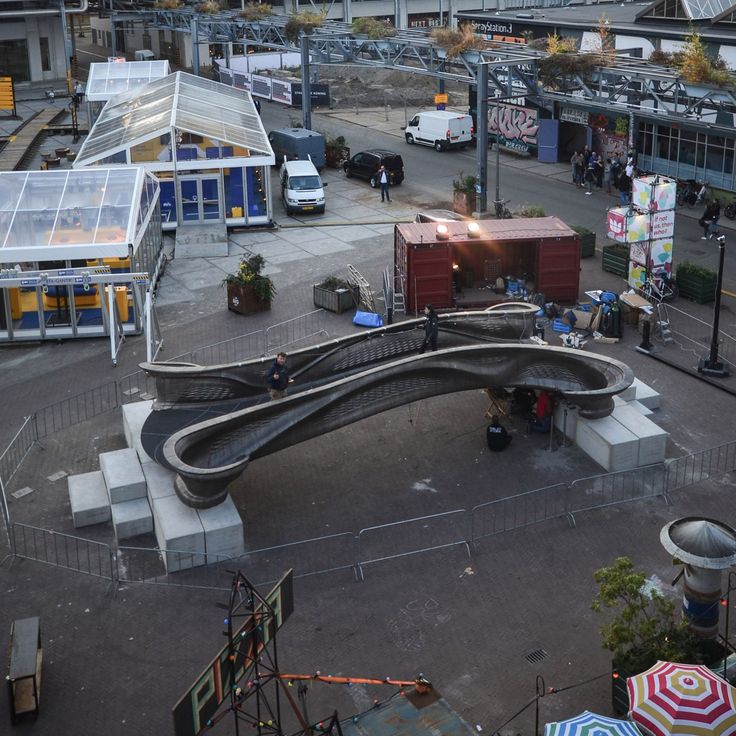
Structure weighs 4.5 tons. It took the robots six months to 3D print the bridge.
An interesting fact — in total, 6 years have passed since the beginning of the project
The bridge has undergone many changes since the start of the project in 2015.
The original plan was to print the design across the canal on the spot. The robots were supposed to work from both banks and meet in the middle of the channel.
This is the final version of the projectThe bridge in the workshop shortly before the completion of the "printing"The bridge was finally printed separately and then installed in place with a special crane.
The bridge itself was delivered on barges and then installed using a craneInteresting fact - the printed bridge was originally planned to open in 2017
The final work on the installation of the 3D printed bridgeWhat is more interesting about the printed bridge
for parametric modeling.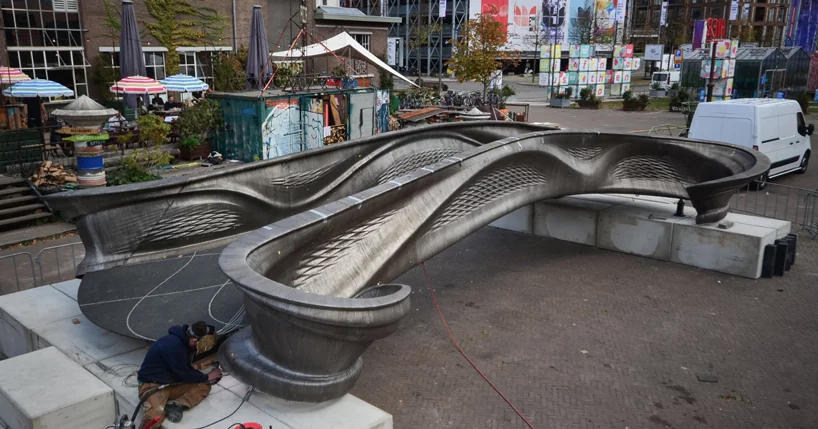
The design team claims that this 3D printing technology could lead to more efficient designs that use less material. Perhaps in the future we will see more of these unusual bridges
In addition to performing the main function, that is, the ability to cross the channel, the bridge is a living laboratory with a whole network of various sensors. They collect data on the operation of the bridge in real time.
Every time someone walks, runs or cycles across the bridge, the sensors read the information. It is then used to monitor the structure and condition of the bridge. Sensor system to measure stress, displacement and vibration of steel structure. As well as air quality and ambient temperature. All this data is used to create a digital copy of the bridge that will mimic the real bridge. This will allow predicting the behavior of the bridge in the future, and at the earliest opportunity to inform the developers about the need for maintenance.
But that's not all.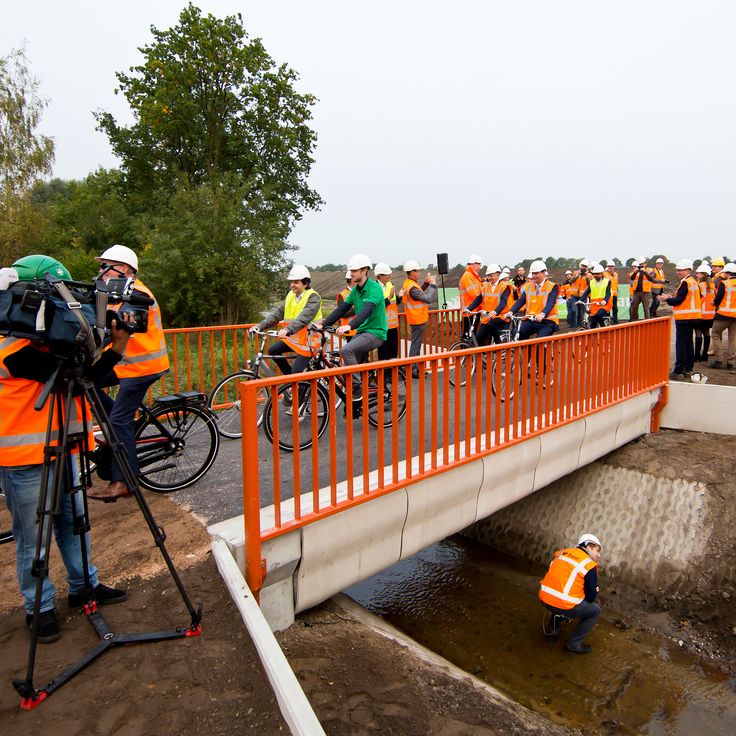 Collecting data will allow engineers to understand how 3D printed steel structures can be used for larger and more complex construction projects.
Collecting data will allow engineers to understand how 3D printed steel structures can be used for larger and more complex construction projects.
Pay attention to the most interesting bridge of Moses. There was no need for 3D printers, and the effect was impressive
What the engineers say
“A 3D printed metal structure large and strong enough to handle foot traffic has never been built before. We have tested and modeled the structure and its components throughout the printing process and beyond, and it is fantastic that it is finally open to the public,” says Leroy Gardner, civil engineer at Imperial College London.
“3D printing opens up huge opportunities for the construction industry, allowing much more freedom in material and form properties,” added Gardner. “This freedom also comes with a whole host of challenges and will require civil engineers to think in new ways.”
Tim Gertjens, CTO of MX3D, said the project's success has important implications for the future of the architecture.


